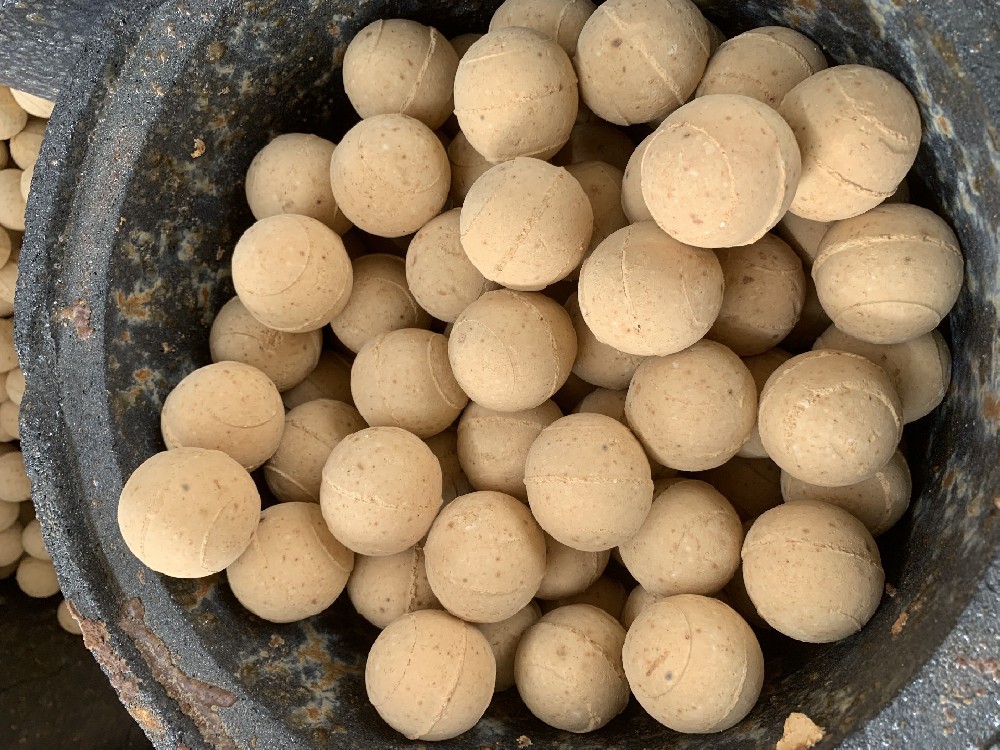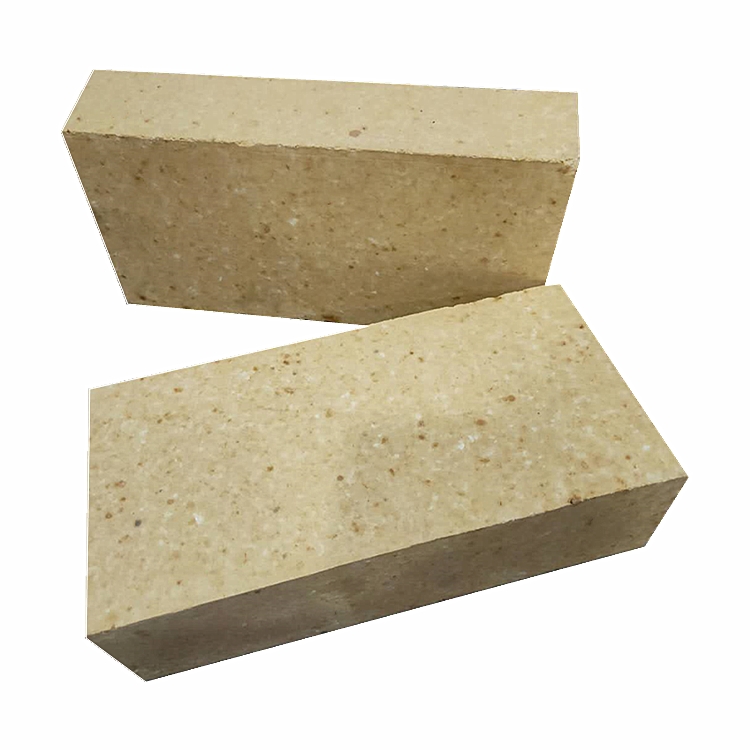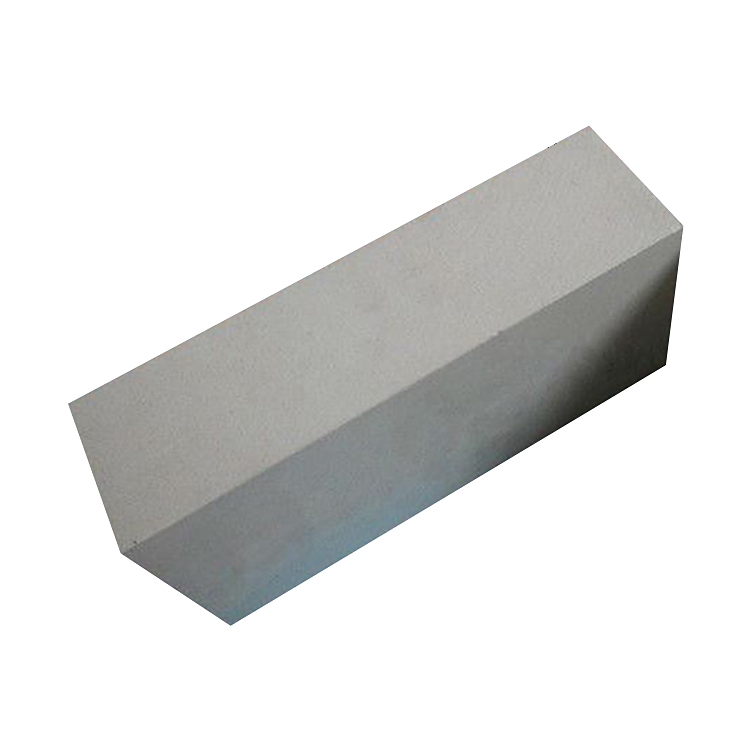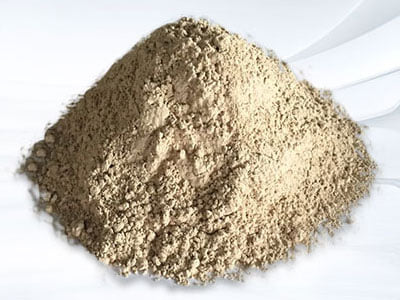Classification of Refractory ramming mass for Induction Furnace Lining
Induction furnace refractory lining uses ramming mass. According to whether water is added or not, ramming mass for induction furnaces can be divided into dry and wet ramming mass. At present, the dry ramming mass is recognized by most induction furnace manufacturers. Wet ramming is used to reuse furnace-lined crucibles or to smelt certain metals with very low melting points (such as Zn). Dry ramming mass has many advantages that wet ramming mass does not have: does not contain any liquid binder (water), short drying and sintering time, no need to exhaust; good stability, fast construction speed, convenient dismantling, saving The trapping time of wet ramming and the curing time of pouring are eliminated, and the shutdown period is relatively short; the sintered-semi-sintered-unsintered structure of the lining can keep the volume of the lining stable, resist the penetration of slag, and prevent the formation of large cracks , which improves the safety of the furnace lining.
According to different chemical properties, ramming mass can be divided into neutral ramming mass, alkaline ramming mass and acidic ramming mass.
The main components of alkaline ramming mass are alkaline oxides. At present, the widely used alkaline material is magnesium material, which has the advantages of excellent corrosion resistance, high melting point, high softening temperature under load, and no reaction with alkaline slag or alkaline melt. However, the thermal expansion stability of magnesia ramming mass is poor, the sintering temperature is relatively high, and the thermal exhibition during the operation leads to cracking and peeling of the furnace lining material, which is only suitable for small-capacity induction furnaces.
The main component of acidic dry ramming mass is SiO2. In the presence of other impurities, the crystal transformation of SiO2 is complicated, and the excessive heating rate during the oven will greatly reduce the melting temperature of the material. Silicone dry ramming stock can be used in a wide variety of induction furnace lining materials, but its refractoriness and purity limit its use.
The main components of neutral dry ramming mass are neutral oxides such as Al2O3 or their composites. Corundum type ramming mass has the characteristics of high temperature resistance, good slag corrosion resistance, no influence on molten steel quality, short construction time and no need to bake during construction. It is widely used in various alloy steel smelting. The corundum dry ramming mass still has the disadvantages of low service life, difficult sintering and difficult control of thermal expansion. Magnesium-aluminum spinel has good slag penetration resistance. Adding fused magnesia to the corundum material to generate magnesia-aluminum spinel in situ can reduce the penetration of molten iron or slag into the refractory material and improve the slag resistance of the material. The secondary spinelization reaction during the use of aluminum-magnesium materials can effectively inhibit the cracking of the furnace lining. The use of aluminum-magnesium ramming mass for the furnace lining can reduce the thermal cracking of the furnace lining material and reduce the generation of micro-cracks in the medium material.
In addition, according to the types of materials used, ramming mass can be divided into siliceous ramming mass, corundum ramming mass, magnesium ramming mass, magnesium-calcium ramming mass, magnesium-aluminum ramming mass, and aluminum-magnesium ramming mass. ramming mass and Al2O3-SiC-C ramming mass, etc. According to the different parts of use, ramming mass can be divided into tundish working lining, electric furnace bottom and power frequency melting groove dry ramming mass.
-

Thermal storage alumina balls
The Thermal storage alumina ballsis made of industrial alumina and refractory kaolin as the main raw materials through scientific formula, forming and high-temperature calcination.Thermal storage alumina ballss are divid··· -

Anti-stripping high alumina brick
Use description of Anti-stripping high alumina brick1. Anti-stripping high alumina brick has a good application in low temperature parts such as large and medium-sized cement precalciner, kiln smoke chamber, indoor decom··· -

Anti-stripping high alumina bricks
Anti-stripping high alumina bricks are made of high alumina bauxite clinker, mullite, kyanite, zircon sand, and binder after granulating and powdering processes, mixed in a certain proportion, pressed into shape, and fir··· -

silica hot repair refractory
Performance index of silica hot repair refractoryThe material is a kind of plastic unshaped refractory material, its main component is SiO2, it is made of special clinker and various binders and additives, and it is proc···

